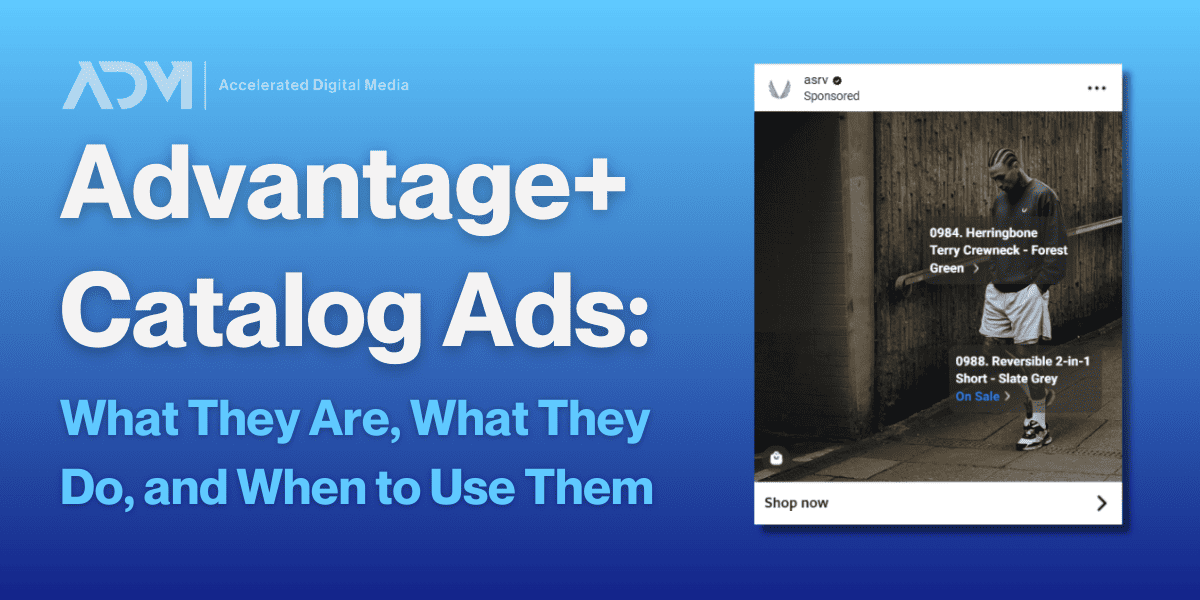Are you currently selling direct-to-consumer and considering adding a new sales channel to the mix?
There are many benefits to selling DTC. However, it does have some drawbacks, especially if you are branching out into a new market or region. That’s when incorporating a multichannel selling strategy and selling on third-party marketplaces, like Amazon, might make sense.
In this post, we’re going to cover what a multi-channel selling strategy is, the advantages of having one, why you should be adding Amazon as one sales channel, as well as tips to help you automate inventory and order management in your multichannel selling strategy.
What is a multichannel selling strategy?
According to research from Linnworks, 90% of customers start their product search on a marketplace like Amazon.
That’s why multichannel selling can make a ton of sense, since this is a strategy where businesses incorporate a total commerce approach and sell through multiple channels, like Amazon, Walmart, retail, and even Buy on Google. This helps them reach new customers in more places and ultimately sell more of their products.
For example, an eCommerce company that primarily sells DTC may branch out and start selling on third-party marketplaces, like Amazon, Walmart, and Etsy too.
Benefits of a multichannel selling strategy
No matter where you sell your product, diversification is key to growth. Companies that want to scale their operations to 7, 8, or 9 figures in annual revenue usually can no longer rely solely on their website or a single sales channel.
The primary advantage of utilizing a multi-channel selling strategy is that it allows you to reach potential customers where they prefer to shop.
For instance, if your audience consists of multiple demographics, then you could target your Gen Z customers through TikTok and your Baby Boomers through Amazon and eBay.
Multi-channel selling also means that you aren’t relying on only one channel for sales and brand awareness. For instance, you might have customers discover you on Amazon, then later on buy directly from you once they know and trust your brand.
Why Amazon can be a good sales channel to add when you are already selling DTC
In Q3 of 2021, Amazon did over $110 billion in sales. It is the first place where most people go for product discovery and research. Your product and company will gain credibility and appear to be more legitimate to customers if they can find the item on Amazon.
And, if your brand doesn’t have a presence on Amazon, then you are likely leaving money on the table.
That’s why DTC businesses looking to branch out for the first time should consider starting with Amazon. This is especially true for growing businesses that are looking to ramp up their sales and might not have the logistics, visibility, or customer base needed to support the growth.
According to research, third-party sellers made up $24 billion of Amazon’s net sales in 2021 Q1, a nearly 18% growth from the previous year. More and more sellers are jumping onto the Amazon bandwagon and for a good reason. There are significant potential profits to be made through Amazon FBA. Adding it as a sales channel to your strategy can greatly improve your bottom line.
Amazon has an already established customer base. They have the logistics in place to meet customer demand with free 2-day Prime shipping. Amazon delivery standards have become the norm and drive shipping expectations for e-commerce operations everywhere.
In fact, 65% of US shoppers expect 2 – 3 day shipping from retailers. It can be difficult to meet these expectations through your own distribution network, but having your product fulfilled through Amazon FBA warehouses allows you to compete in the fast shipping game.
Another advantage to utilizing Amazon FBA, in particular, is that it enables you to offer your products on a third-party platform with a broad reach across demographics and locations. You can even expand your operations into different countries through Amazon FBA that would be much more challenging going the DTC route. For example, you may not have distribution channels and logistics capable of getting your product in the hands of customers in Mexico and Canada, but Amazon does.
Best practices for automating inventory and order management when selling on Amazon
One of the downsides of a multichannel selling strategy is increased complexity.
Retailers often find that with each new channel added to their selling strategy, the more complicated inventory and order management becomes. For instance, you may experience issues with too much or too little stock, wasted space, a lack of inventory visibility, or a decrease in customer experience as you struggle to keep up with growth.
Here are some best practices to help you tackle these challenges before they become a major headache.
1. Use inventory management software
One of the best tools you can use for a business with physical inventory is inventory management software like Linnworks. Linnworks Total Commerce approach allows you to grow sales, improve efficiency and avoid the risk of overselling as you ramp up and add more sales channels.
Merchants adding a new sales channel often fail to realize just how many moving parts there are, including but not limited to:
-
-
- Listing management – You need to not only write product listings but also make sure they are updated in real-time.
- Inventory management – Underselling and overselling are both huge issues. If someone buys something on your Shopify store or in your brick-and-mortar location, the stock levels need to adjust throughout all of your channels.
- Pricing – When you sell on multiple channels, small things like updating product pricing can be a tedious, time-consuming task if you don’t use inventory management software.
- Order management– You need a way to see what products are in which warehouses,
route orders to the proper fulfillment centers, centralize refunds and cancellations, etc.
- Listing management – You need to not only write product listings but also make sure they are updated in real-time.
-
2. Keep appropriate levels of stock available
Since the pandemic started, supply chain logistics has become an increasingly important role (and much more challenging).
Being able to visualize how much stock you have left for each SKU, where they are selling, and average turnover time is essential. Of course, the more SKUs you have and the more channels you sell on, the more complex this process is.
Setting proper cut-off points for when you need to reorder products can help ensure you have stock when you need it. This is crucial for managing cash flow, especially since. Amazon charges a storage fee for your items in their warehouses. You don’t want too much product sitting and racking up charges. But, you also don’t want your product to run out of stock since you risk losing your rankings if you can’t reorder in time.
Striking a balance can be tricky, especially when dealing with supply chain delays from your vendors. When setting your cut-off number for ordering a new product, it helps to keep this number consistent but know that you’ll need an extra cushion during the holidays or other busy seasons.
3. Set up sales and inventory forecasting
Sales and demand forecasting help you estimate future sales based on previous numbers. You might look at past sales across different channels over different time frames, such as weekly, monthly, or even during the holiday season. Or how quickly you are turning over inventory for individual SKUs.
This is nearly impossible to do without the help of inventory management software but essential as you scale operations.
***
The beauty of selling through Amazon FBA is the low barrier to entry. It’s easy to get started.
Of course, the downside of Amazon is that with a low barrier to entry, you have a lot of competition as it is one of the best e-commerce platforms. How you manage inventory and orders is a crucial part of success.
Download The Linnworks Total Commerce Guide to Automation
Founded to provide transparent, fair-cost partnerships, ADM relies upon its expertise and history of success to help clients of all shapes and sizes navigate today’s digital media ecosystem.




